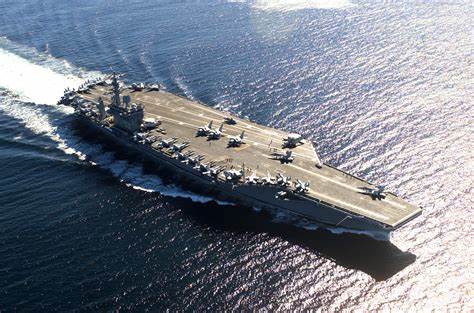
The colossal Nimitz-class aircraft carriers have long been synonymous with the might of the U.S. Navy. Named after Admiral Chester W. Nimitz, these behemoths have facilitated America’s global power projection since their commissioning in the mid-1970s.
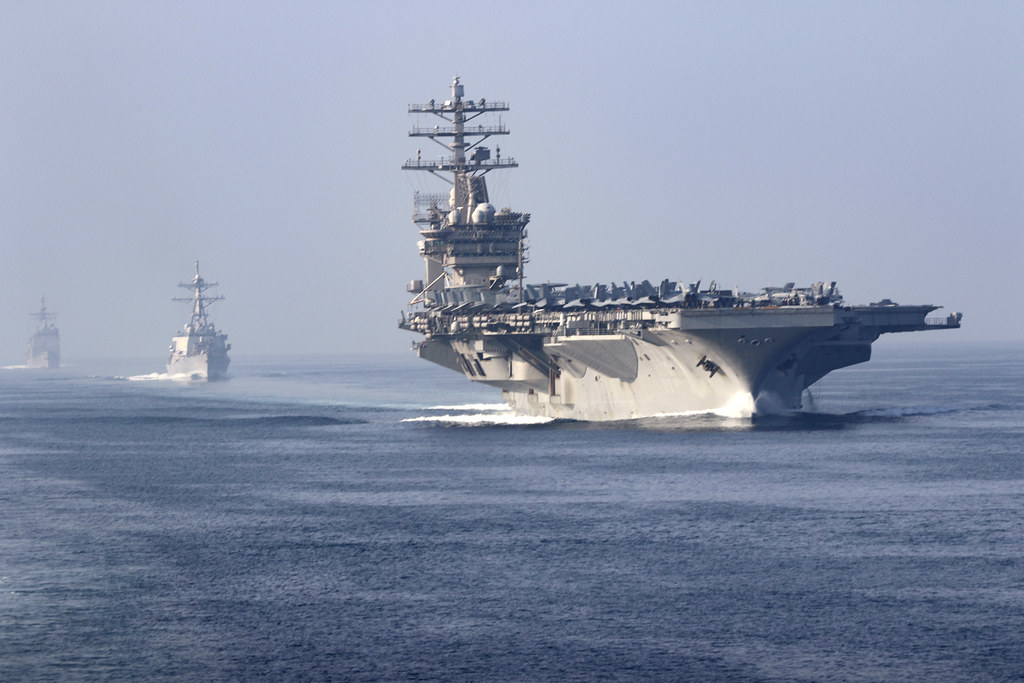
Despite the advent of the more technologically advanced Gerald R. Ford-class carriers, the Nimitz class remains a critical component of the U.S. military’s naval capabilities, especially as they are expected to continue operating well into the 2050s.
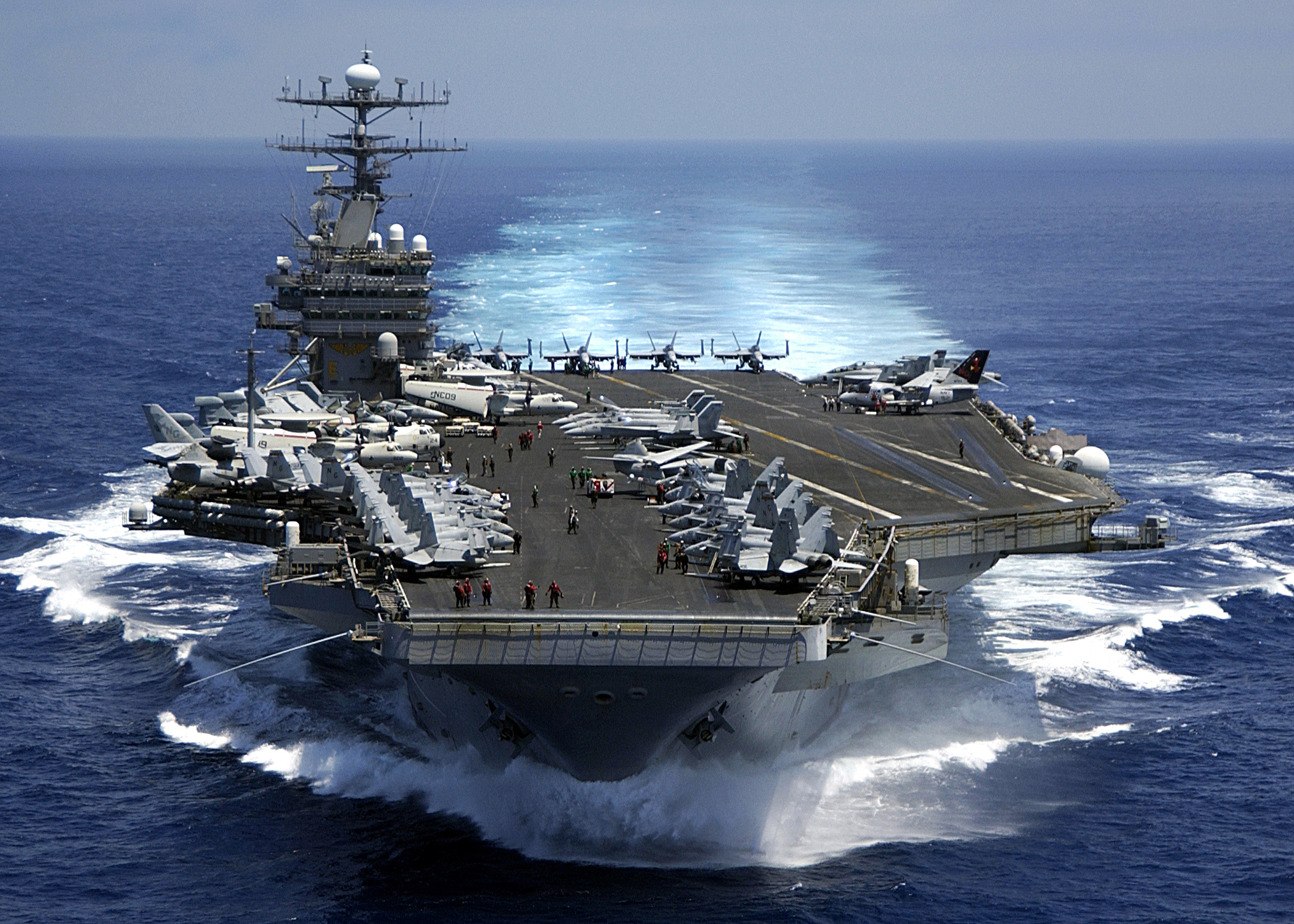
As the U.S. Navy grapples with delays and production issues with the Gerald R. Ford-class carriers, it has been compelled to extend the lifespan of the Nimitz-class fleet.
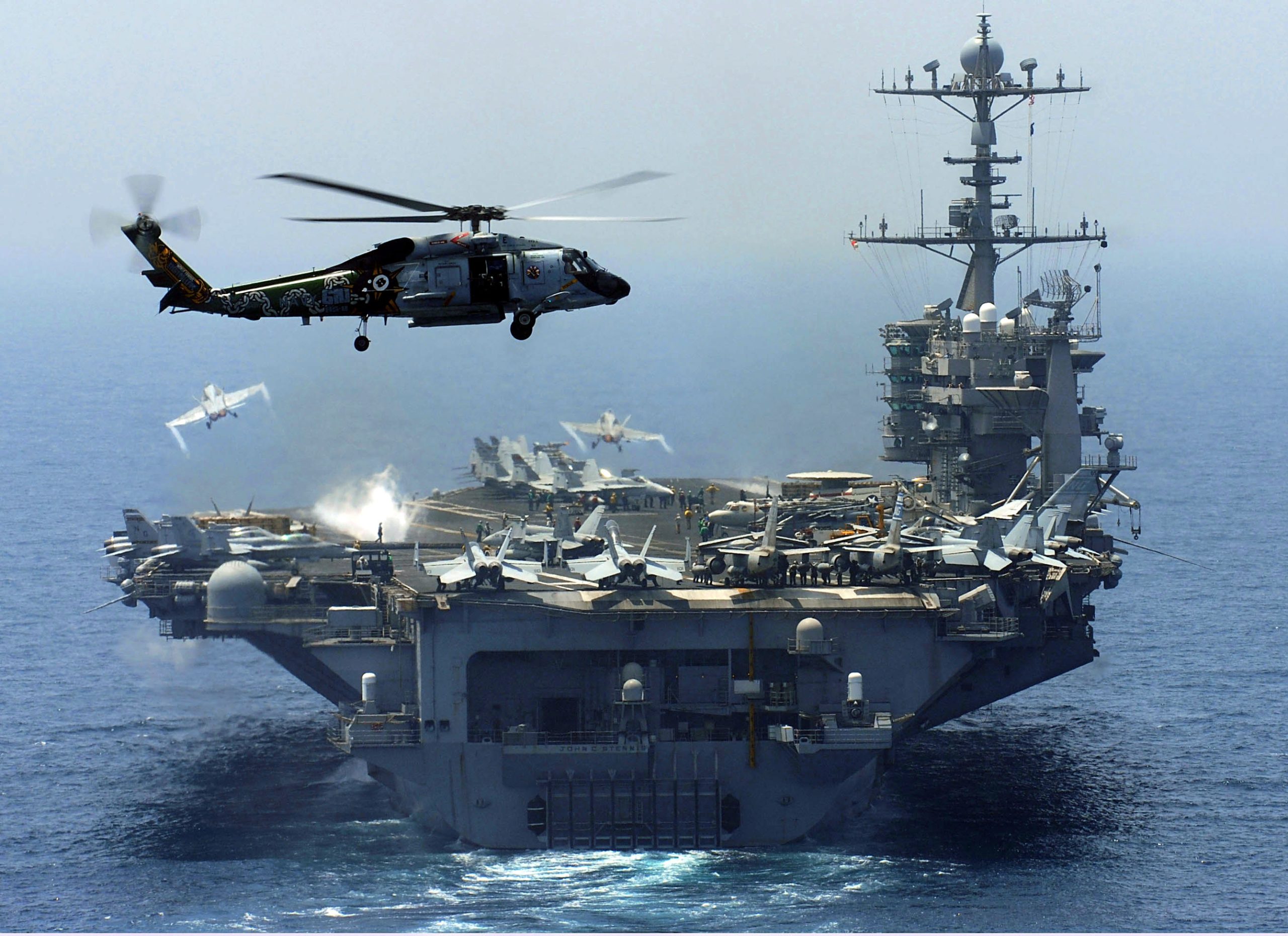
The Navy’s fiscal 2023 budget is reflective of this necessity, earmarking approximately $200 million for extension work to preserve these vessels for prolonged service. This investment underscores the strategic importance of ensuring that the carriers remain fully operational as they continue to underpin the U.S. naval presence in pivotal regions.
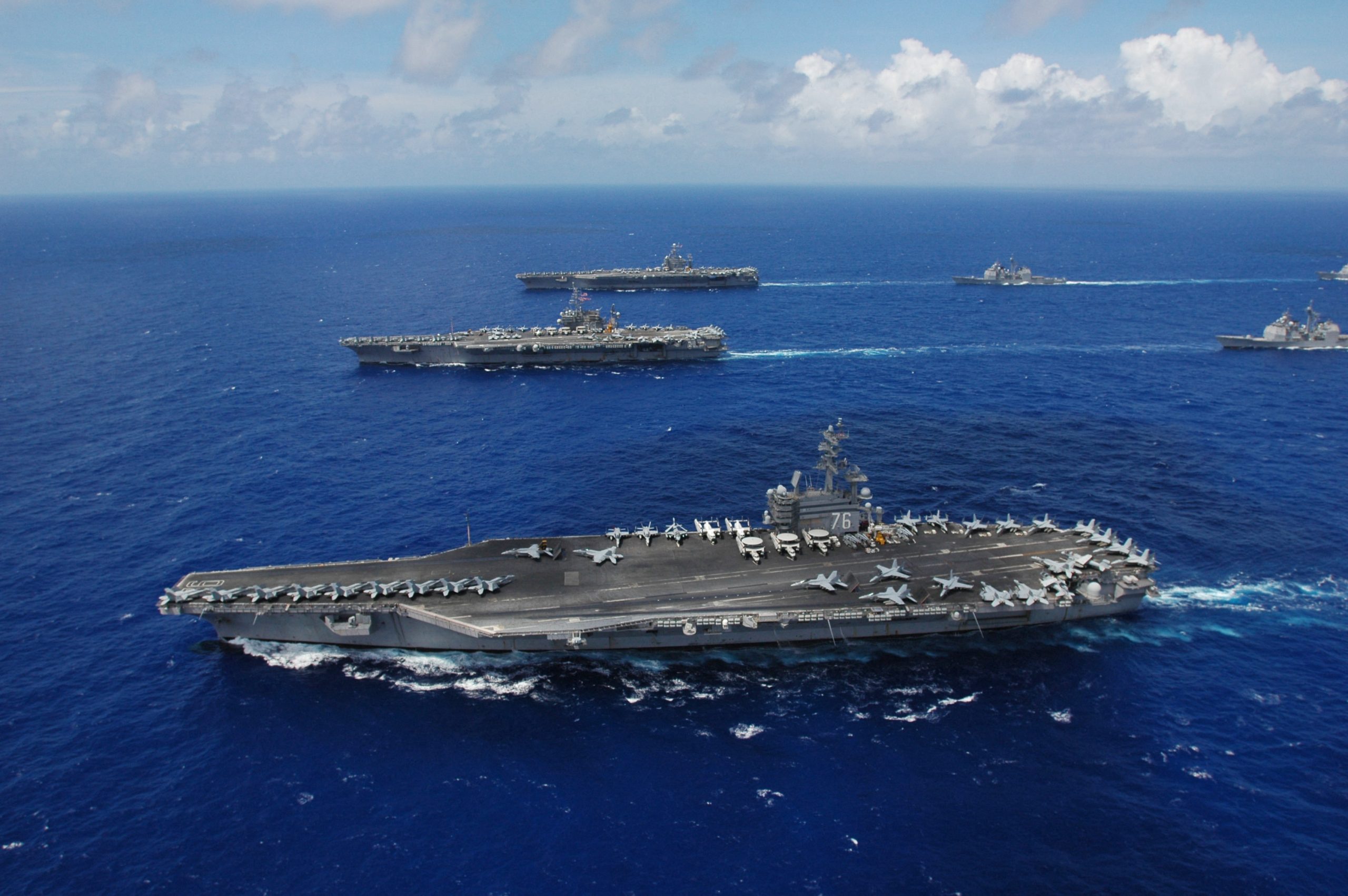
Rear Adm. Michael Donnelly, Director of the Air Warfare Division N98, emphasized the centrality of aircraft carriers to naval operations: “Carriers are the linchpin of everything we do in naval aviation. Our requirements are designed and aligned within our air wings to provide the capability out to the [combatant commands] for our ability to conduct the mission.”

From the Cold War through the War on Terror, the Nimitz-class carriers have stood as a testament to American ingenuity and resilience.

They superseded the Kitty Hawk and Enterprise-classes, incorporating nuclear power that allows them to carry significantly more aviation fuel and ordnance. Their design was predicated on survivability, with the hangers divided and fortified to limit the spread of fire.
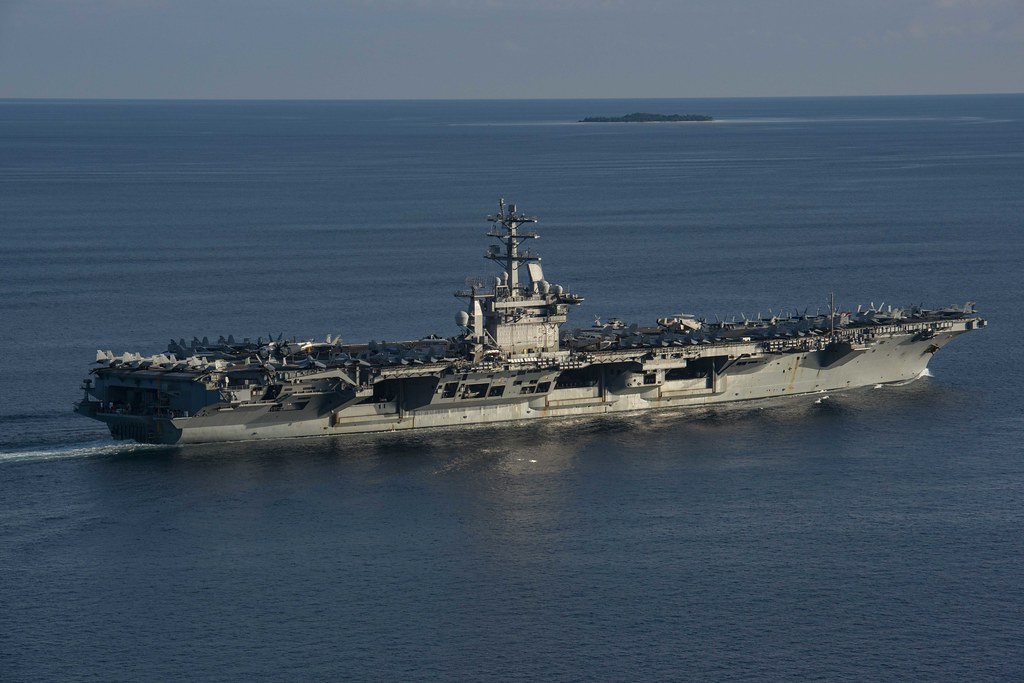
The armament on a Nimitz-class carrier is formidable. They are equipped with RIM-7 Sea Sparrow or RIM-162 Evolved SeaSparrow Missile Mk29 missile launchers and Phalanx Close-In Weapon Systems (CIWS), which feature radar-guided Vulcan cannons capable of defending against multiple threats.
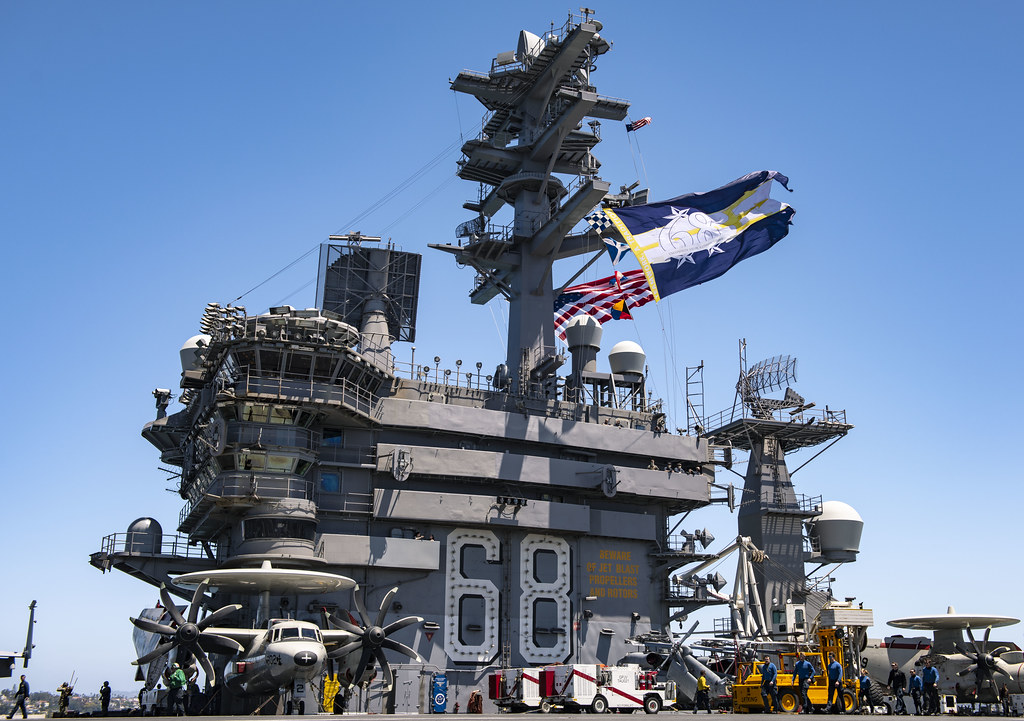
Moreover, the air wings housed on these carriers have evolved over time. Initially hosting aircraft like the E-2 Hawkeyes and A-6 Intruder attack bombers, today’s Nimitz carriers operate modern F/A-18E/F Super Hornets, EA-18G Growler electronic warfare aircraft, and F-35C Lightning fighters.
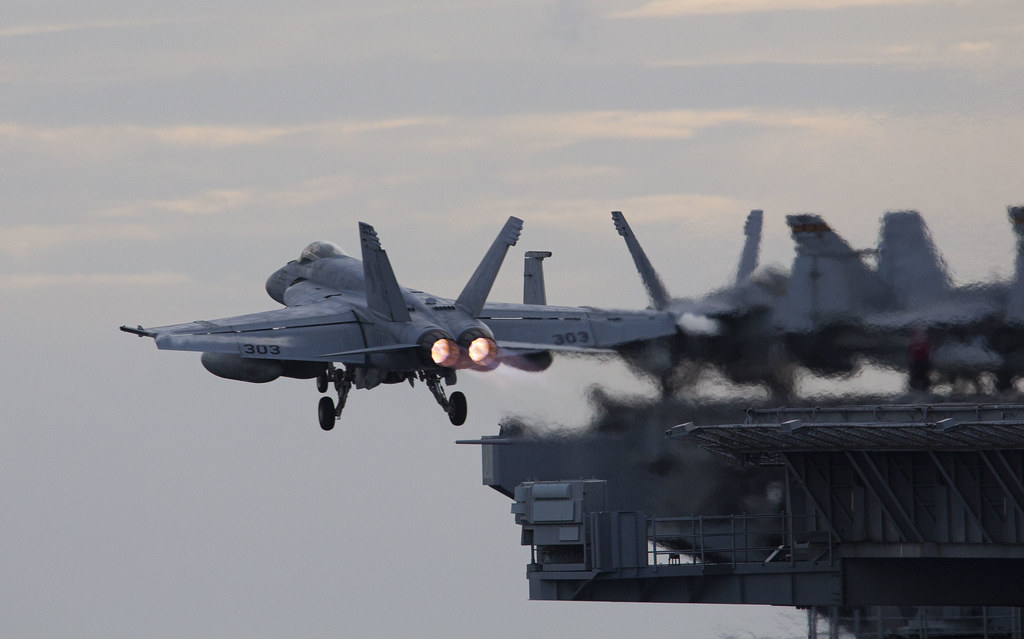
The operational autonomy of aircraft carriers is a significant strategic advantage. As pointed out by former President Bill Clinton during a visit to the USS Theodore Roosevelt, “When word of crisis breaks out in Washington, it’s no accident the first question that comes to everyone’s lips is; where is the nearest carrier?”
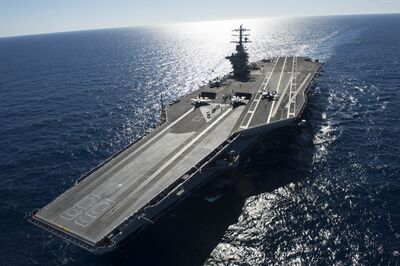
Indeed, Nimitz-class carriers have been instrumental in times of crisis. When disaster struck Southeast Asia with the devastating 2004 tsunami, it was the USS Abraham Lincoln Carrier Strike Group that rendered crucial aid.
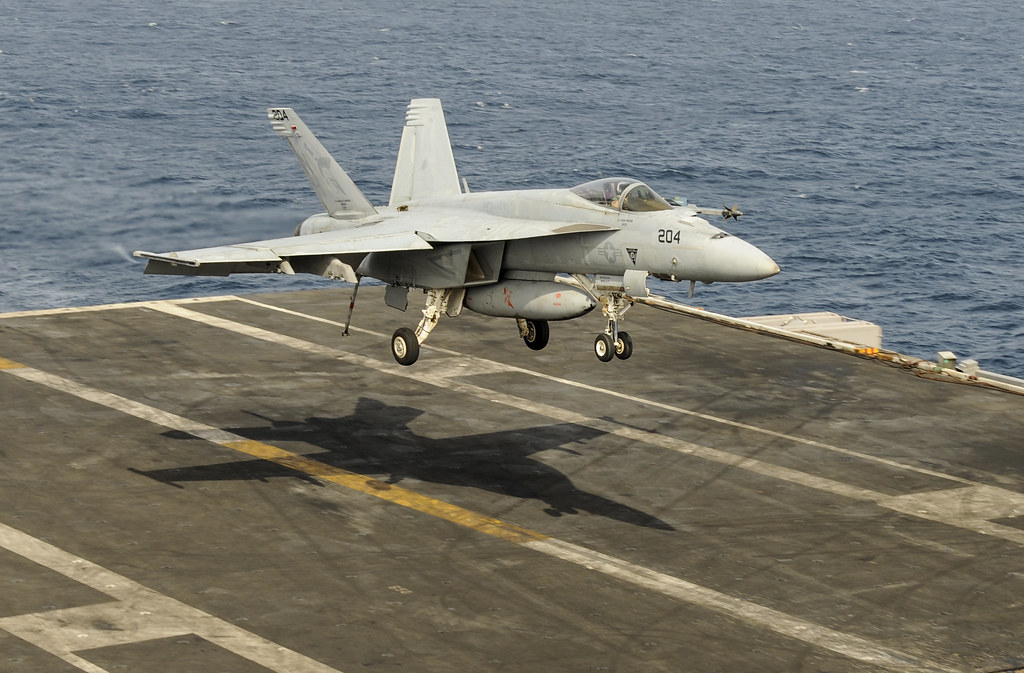
Similarly, following the 9/11 attacks, the USS Enterprise promptly responded by supporting air attacks in Operation Enduring Freedom.
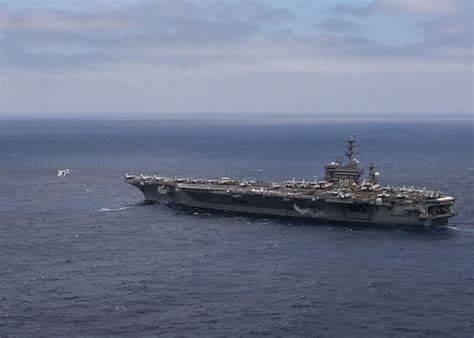
The Nimitz-class carriers’ independent operational capability and the broad range of response options they provide to U.S. leadership underscore their unmatched value as diplomatic and military assets. With 70% of the Earth’s surface being water, these carriers can assert U.S. presence and power wherever international waters flow.
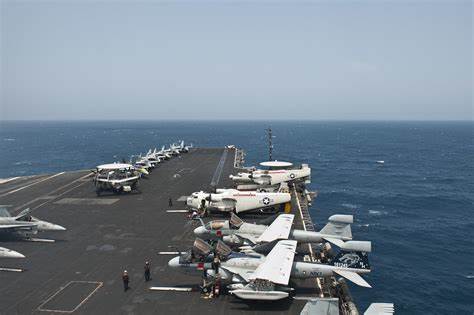
While the Nimitz-class carriers are set to continue their vigilant watch over the seas, they are destined to eventually cede their role to the next generation. The Gerald R. Ford-class carriers promise enhanced capabilities and operational efficiencies that will shape the future of naval warfare.
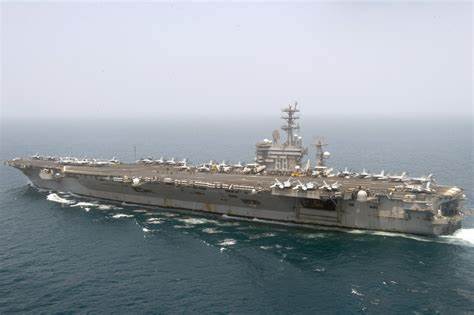
Even as they are introduced to the fleet, it is clear that the legacy of the Nimitz-class will not be easily overshadowed, and these vessels will remain a prominent symbol of U.S. naval dominance until their last deployment.
Relevant articles:
– Nimitz-Class: The U.S. Navy Aircraft Carriers That Won’t Be Retired, The National Interest
– Important Links and Info, navy.mil
– Navy Plans to Retire 48 Ships During 2022, Seapower
